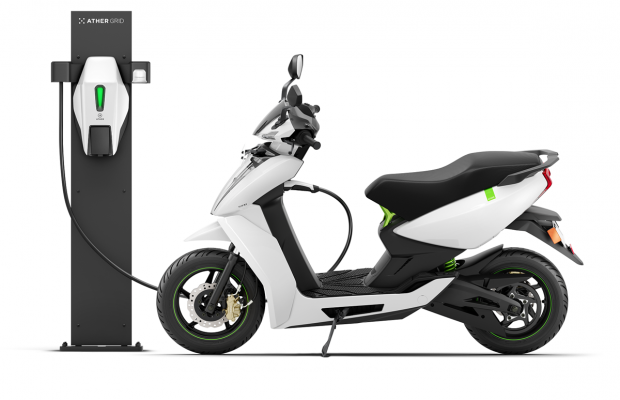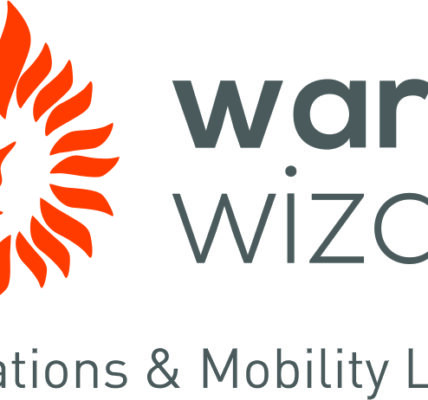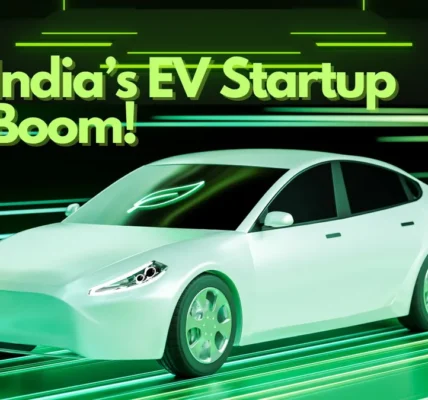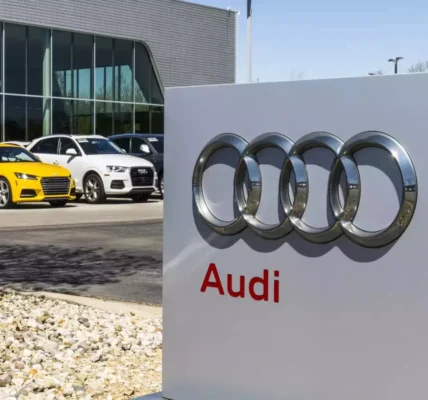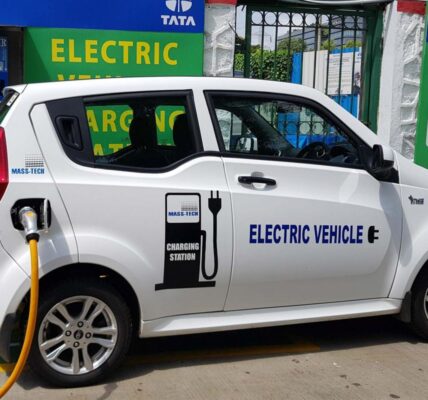Electric Two-Wheeler Adoption Gaining Traction In Semi-Urban, Rural Markets: Shriram City MD & CEO
Even as the overall sales of two-wheelers have not returned to pre-COVID levels and that people are also postponing their purchases due to higher running costs with petrol becoming costlier, a lot of demand is coming from rural and semi-urban areas.
Contrary to popular belief, adoption of electric two-wheelers is on an uptrend in semi-urban and rural areas thanks to subsidised power that helps users cut the running cost of a vehicle, according to Shriram City Union Finance MD and CEO YS Chakravarti.
Even as the overall sales of two-wheelers have not returned to pre-COVID levels and that people are also postponing their purchases due to higher running costs with petrol becoming costlier, a lot of demand is coming from rural and semi-urban areas.
“One good thing I am seeing is that a lot of demand for electric two-wheelers is coming from rural and semi urban areas. The perception was that EVs will be largely confined to urban centres, but a lot of the demand is also coming from rural and semi-urban areas, particularly rural because power is subsidised there,” Chakravarti said during an interaction with PTI.
Even if people in these tier II and III centres are preferring electric two-wheelers, it will still take some time before EVs can actually make a significant impact on the number of vehicles compared to the IC (internal combustion) engine manufactured vehicles, he added.
“So, unless the production capacity is increased, you won’t feel a large number out there,” Chakravarti said.
SCUF offers two-wheeler, commercial vehicle, passenger vehicle, gold and home loans.
The company is under the process of amalgamation with Shriram group’s another non-banking financial entity, Shriram Transport Finance Company (STFC).
While there were some green shoots in terms of sales of two-wheelers in June, the overall sales is still down, he said, adding sales have not come to the pre-pandemic levels.
Besides, two-wheeler prices have also gone up by about 20 per cent in the last 12-16 months and the running cost has also gone up because of higher petrol prices, which is leading to customers postponing vehicle purchases also, he added.
Chakravarti said the peak for electric two-wheelers was about 50,000 per month versus an average 9-10 lakh for IC engines. So there is a long gap before this could pose a real challenge to the IC engine vehicles, he said.
So far in July this year, the sales of electric two-wheelers stood at 10,000 while that of IC engine vehicles is at 3,63,000.
“So you can see the difference in sales there. Thus, for EVs to make a significant impact, the production capacity also has to go up. If production capacity goes up, we can probably see a good demand.”
On the issue of electric two-wheelers catching fire, he said there is a problem because the majority of the EV manufacturers basically import parts and assemble the vehicle here in India.
“They import the battery etc… So quality control is a problem there because sourcing is a grey area,” he said.


